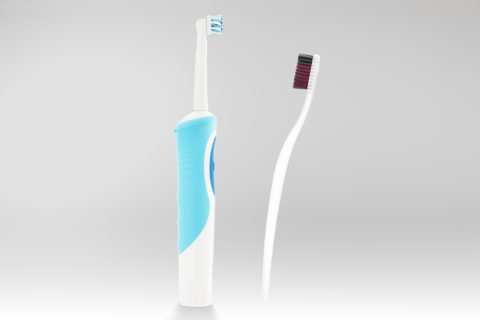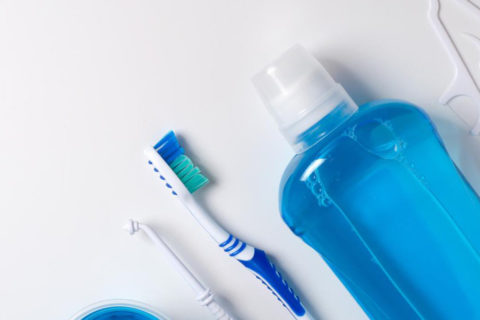You & Your Kids: Learning to Manage Sugar Habits
Sugar. Most of us have a weakness for it, and many of us carry around some questions and maybe some guilt about how to handle sugar cravings, both for ourselves and for our kids. Sugar definitely affects both oral health and overall health, so we want to help you think through some practical principles and tips for everyday sugar choices.
It’s worth noting that, given the “hidden” added sugars in many of the foods we eat as well as the known sugary food and drinks we consume, our bodies are used to having sugar. In other words, sugar cravings are pretty natural, so don’t beat yourself up when you or your kids experience them. What we want to focus on is how to adjust slowly over time to a balanced and sustainable pattern of sugar intake.
Science tells us that cravings are produced by the brain, not the stomach. Cravings are a desire for stimulation, not a need for food. When craving and hunger combine forces, the resulting compulsion is virtually irresistible. Knowing that sugar cravings are a sign of the need for brain stimulation, though, can help us learn how to respond to them.
Healthline offers some tips for curbing sugar cravings, most of which work by either stimulating the brain and body in other ways or by satisfying the sugar craving in a healthier or more sustainable way. Take a look at these:
- Eat an actual healthy, filling meal.
- Take a hot shower. The hot water releases stress and stimulates your muscles and senses.
- Go for a walk or run. If you can’t get outside, then doing squats, burpees, push-ups, planks, or other body-weight-based exercises that release endorphins can help you.
- Drink a glass of water. Being dehydrated seems to intensify cravings.
- Eat fruit: bananas, apples, oranges, etc. The natural sugars can take the edge off your craving.
- Eat more protein.
- Talk to a friend. Call or meet someone who understands what you’re going through.
- Try to get the right amount of sleep.
- Be smart about triggers. Avoid specific activities or places that give you cravings.
- Take a multivitamin.
- Make and carry a list of the reasons you want to eat healthy. Read the list when the cravings hit.
- Keep healthy snacks around and combine healthy food with the sugary food you’re eating. For example, start substituting dark chocolate for candy bars and snack on the dark chocolate and some trail mix when you get the urge to have a candy bar.
- Chew gum.
Mix and match the strategies above to create a game plan that works for you.
When it comes to helping your kids moderate their sugar intake and learn healthy habits, giving them some basic guidelines can be a great way to start. You can also mix and match the above ideas for your kids. Here are some kid-specific guideline ideas:
- Eat sweets only at mealtime. Eating sweets as part of a meal helps diffuse the impact on the body since the sugar is being processed along with other healthier foods.
- Eat sweets on the weekends, not during the week. This practice gives your kids boundaries but also allows them to enjoy their favorite sweet treats.
- Broaden the definition of sweets to include moderately sweet snacks: i.e., including some chocolate chips with their apple slices and peanut butter or a squirt of whipped cream on some berries.
- If you have babies or toddlers, limiting their sugar intake as much as possible for their first two years can give them time to develop tastes for other foods.
- Once your kids get older, invite them into the decision-making process. Let them start learning how to make healthy choices!
You’re doing more than just managing your child’s sweet tooth. You’re helping them learn to take ownership of their life choices while having the benefit of your input and overall structure and example.


